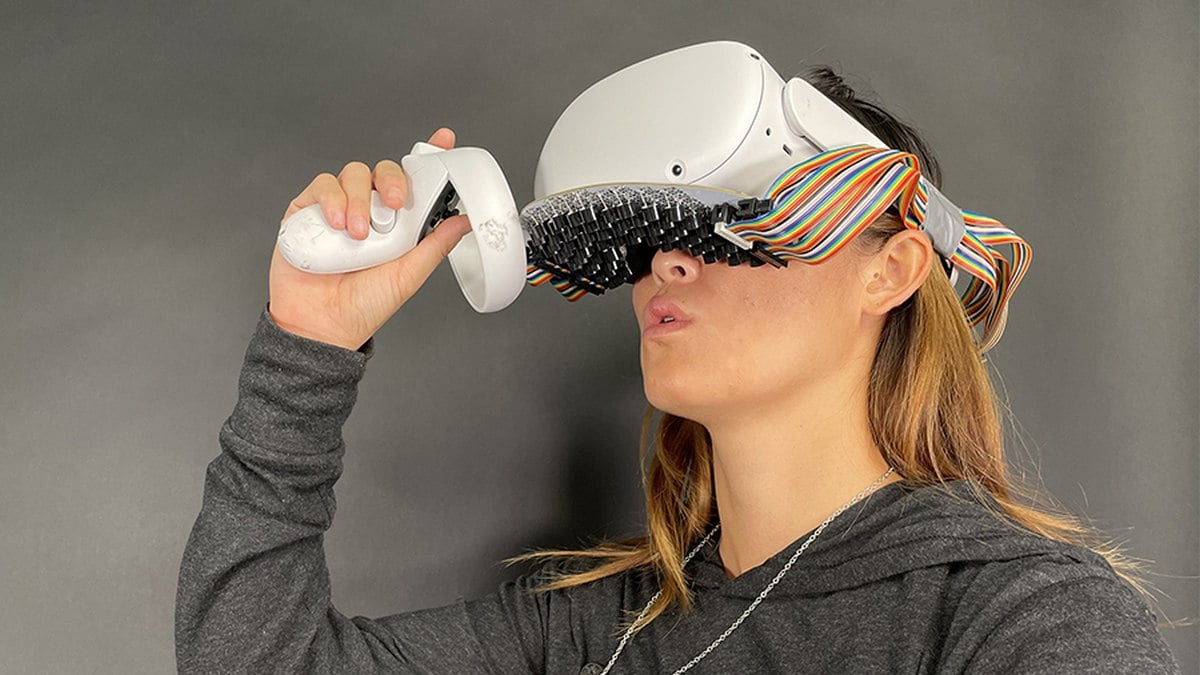Imagine you are in a virtual reality (VR) environment beside a drinking fountain and want to drink water from it. While you could lean and drink water, you were unlikely to feel anything. That is set to change. Researchers at a private institution in the US have found a way that allows people to feel the sensation of the water touching their lips in the so-called Metaverse. Simply put, it means users of their device can now feel even kissing sensations, among many others. Lips are surprisingly sensitive. The researchers exploited this characteristic to let people receive tactile feedback in virtual worlds.
The researchers say that their device will make the Metaverse experience more immersive. The engineers at the Carnegie Mellon University in Pittsburgh say their new ultrasound-based system allows users to feel the virtual world on and in their mouths – without actually making physical contact.
The development is surprising. Their technology creates sensations on the lips, teeth, and tongue using airborne ultrasonic waves, and it’s small and light enough to attach to the bottom of virtual reality (VR) goggles.
The researchers have also used the system to create such haptic effects as raindrops, mud splatter and crawling bugs. The researchers explained on the university’s website that the effect is achieved by using multiple ultrasound-generating modules, or transducers. The device uses 64 tiny transducers.
However, not all effects that the device created were equally useful. The researchers said that those that were mouth-specific — such as brushing teeth, feeling raindrops from an open window or feeling a bug moving across the lips — were most successful. Others, such as the feel of walking through cobwebs, proved less powerful as people expected to feel those sensations over a large part of the body.
Even drinking from a water fountain could be a little disorienting, said Vivian Shen, a second-year Ph.D. student in the Robotics Institute and one of the developers of the system. “It’s weird because you feel the water but it’s not wet,” she said.
